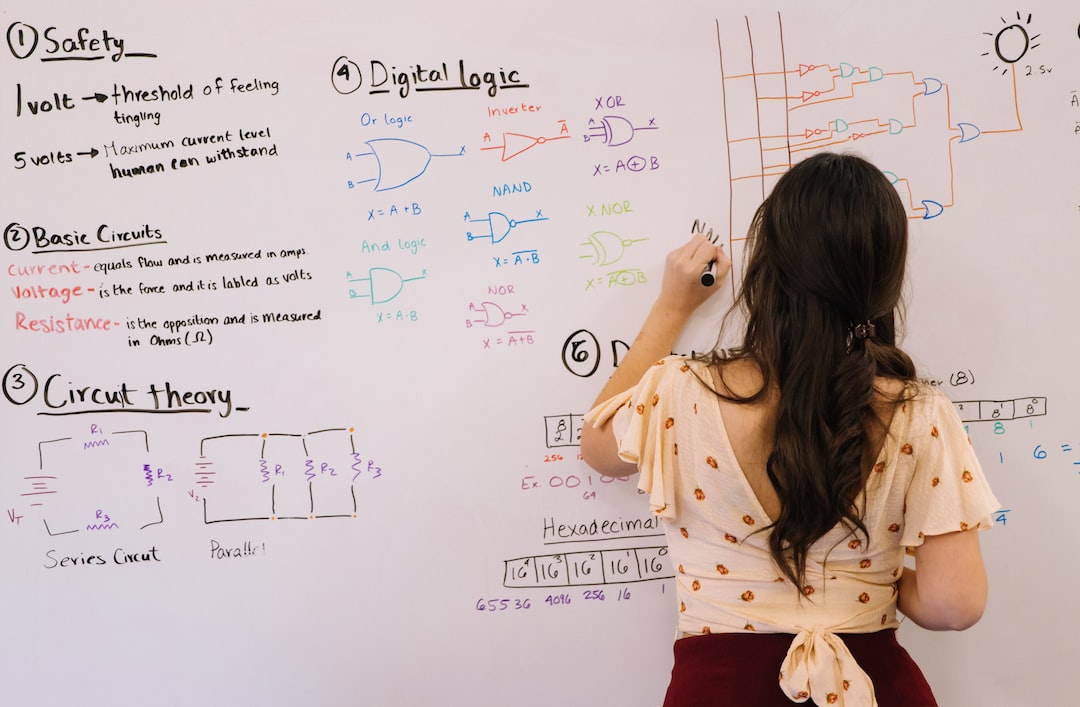Strategies to Develop Critical Thinking Skills in Students
Critical thinking is an essential skill that helps individuals navigate the complex and rapidly changing world we live in. It is the ability to analyze, evaluate, and interpret information effectively, enabling us to make informed decisions and solve problems. As educators, it is crucial to nurture and develop critical thinking skills in students to equip them with the necessary tools for success.
Here are some effective strategies that can be implemented to develop critical thinking skills in students:
1. Encourage Questioning
One of the best ways to stimulate critical thinking is by encouraging students to ask questions. Encourage them to think beyond the surface-level understanding and delve deeper into the subject matter. When students question ideas, facts, and assumptions, they are more likely to develop analytical thinking abilities. Create a safe and supportive environment where students feel comfortable asking questions and challenging existing knowledge.
2. Analyze Multiple Perspectives
Fostering critical thinking involves helping students see things from different angles. Encourage them to explore diverse perspectives in discussions, debates, and readings. By analyzing multiple perspectives, students can evaluate the strengths and weaknesses of different arguments, improving their ability to think critically. This strategy also nurtures empathy and understanding, as students learn to consider various viewpoints before forming their own opinion.
3. Problem-Solving Activities
Engaging students in problem-solving activities is a great way to develop critical thinking skills. These activities prompt students to analyze a situation, assess the available information, and develop effective solutions. Provide students with real-world scenarios or case studies to solve, encouraging them to use logical reasoning, creativity, and analysis. This hands-on approach enables students to apply critical thinking skills in practical situations, preparing them for real-life challenges.
4. Use Socratic Questioning
The Socratic method is a powerful tool to help students think critically. By asking thought-provoking questions, teachers can guide students to explore ideas, analyze arguments, and develop logical conclusions. Incorporate Socratic questioning in classroom discussions to stimulate deeper thinking and encourage students to reflect on their own thought processes. This approach encourages independent thinking and helps students become active participants in their own learning.
5. Teach Information Evaluation
In today’s digital age, students are constantly bombarded with information from various sources. To develop critical thinking skills, students need to learn how to evaluate the reliability and credibility of information. Teach them how to critically assess websites, articles, and sources, checking for bias, credibility, and relevance. Encourage the use of multiple sources and teach students to question the validity of information before accepting it as fact.
6. Constructivist Teaching Methods
Constructivist teaching methods emphasize student-centered learning and active engagement. By giving students the opportunity to construct their own knowledge, critical thinking skills are naturally developed. Incorporate hands-on activities, group discussions, and collaborative projects into the curriculum. These methods encourage students to explore, analyze, and evaluate information, fostering critical thinking skills in the process.
In conclusion, developing critical thinking skills is essential to equip students with the ability to navigate the complexities of the modern world. By implementing strategies such as encouraging questioning, analyzing multiple perspectives, incorporating problem-solving activities, utilizing Socratic questioning, teaching information evaluation, and employing constructivist teaching methods, educators can effectively nurture critical thinking skills in students. These strategies, when combined, create an enriching learning environment that stimulates independent thinking, logical reasoning, and informed decision-making.

